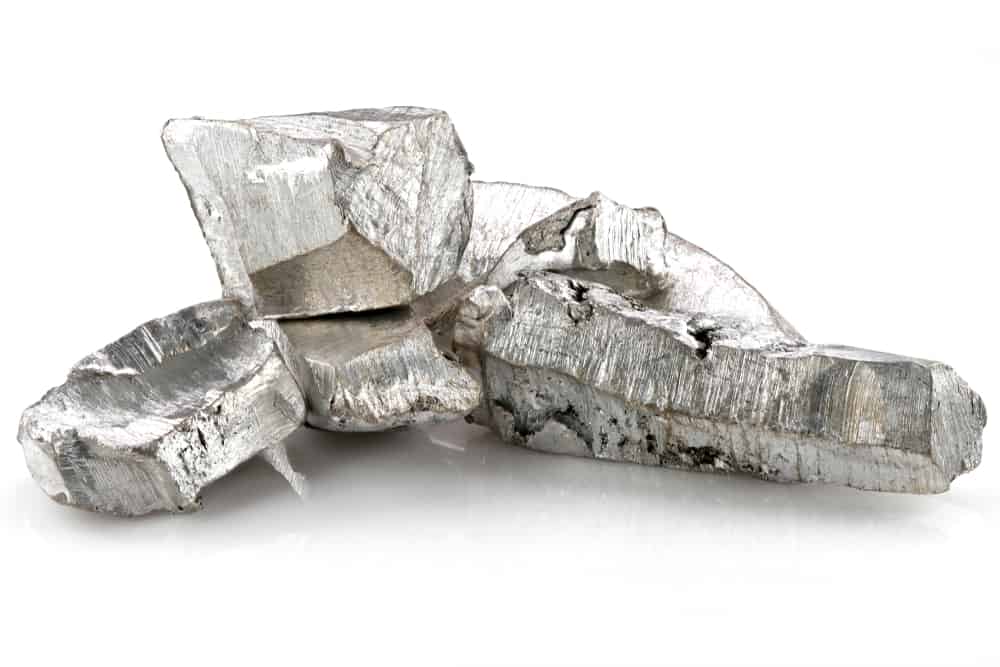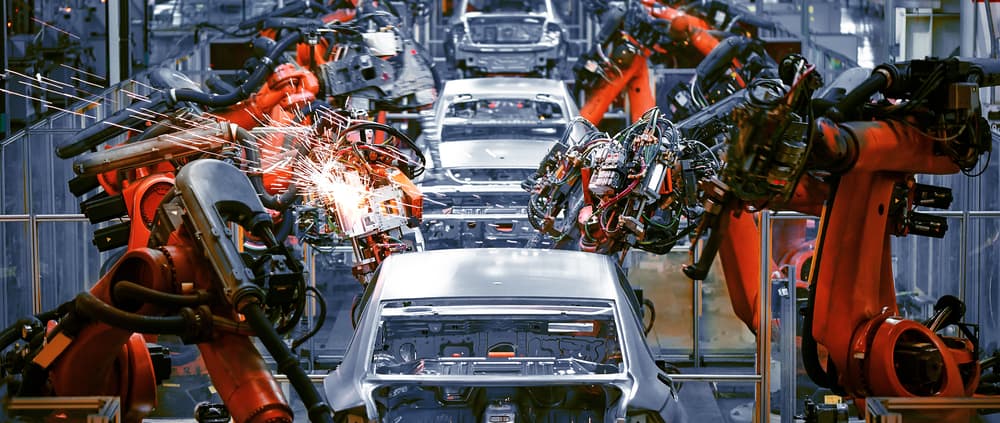
Traditionally, welding has been included among the most dangerous fields in which to work. A primary reason for this classification is the toxic and hazardous substances with which welders must often work. Consequently, guidelines for working with materials that contain these substances appear in many OSHA hot work standards.
One of the most dangerous toxic elements that many welders will encounter during their careers is cadmium. In fact, according to OSHA, overexposure to cadmium has resulted in several fatalities due to its extreme toxicity. Fortunately, welding process and equipment advances have been developed that, if implemented, can help mitigate the dangers of working with this element.
First, let’s examine where and how cadmium is used in welding. Then, we can consider the best method to minimize any hazards associated with cadmium in welding.
How Is Cadmium Used in Welding
Although cadmium is one of the most dangerous substances used in industrial environments, the element is utilized for many products today, including the following:
Cadmium Uses and Applications
- Rechargeable batteries (Ni-Cd)
- Solar cells
- Nuclear power plants (neutron absorption)
- Metal coating (electroplating)
- Paint pigmentation
As the above list indicates, cadmium is valued in a number of products and industrial processes despite the hazards it poses for those who become exposed. As with other potentially harmful substances, the primary threat from cadmium in welding is from exposure to toxic fumes while welding black iron and steel piping.
Health Risks of Cadmium in Welding
Some product uses of cadmium are being replaced by newer technology; for example, the proliferation of Li-ion to replace Ni-Cd batteries. This is not true for welding, as cadmium is used in the processing of steel alloys, as well as filler material. Therefore, it is important to understand the risks associated with cadmium.
It is well-known that cadmium exposure can cause cancer. The element may attack various systems in the body, as listed below.
Health Risks of Cadmium Exposure for Welders
- Respiratory system (lungs)
- Neurological system (brain)
- Gastrointestinal system (stomach)
- Cardiovascular system (heart)
- Renal system (kidney)
Obviously, the severity of the consequences of working with cadmium for welders, especially in tight spaces and unventilated areas, demands that steps be taken to keep welders safe. One of the most effective means of achieving this is by choosing to employ an orbital welding service.
How Orbital Welding Reduces Cadmium Risks
Assembling piping systems in industrial environments often places a severe demand on welders because they must often work in tight spaces with poor or no ventilation. This can create an unsafe workspace when working with materials that are composed of toxic substances, such as cadmium. Additionally, it challenges welders to perform consistent, high-quality welds under physically challenging conditions. Although good ventilation can help make the environment safer, health and quality concerns remain.
In conjunction with ventilation, the best way to avoid the health risks associated with cadmium in welding and produce high-quality welds that industrial processes require is to employ an orbital TIG welding system. The high-quality welds that can be produced when opting for TIG welding, or GTAW, are well-known. And when this process is performed using orbital equipment, the advantages are significant, as shown below.
Advantages of Orbital GTAW for Cadmium in Welding Applications
- Consistently high-quality welds
Orbital welding is an automated process that frees the welder from physically having to maintain precise positioning of the weld gun and electrode holder throughout the weld construction.
- Efficient process with little to no rework
Although TIG welding is a deliberate process that can be time-consuming, automating the process allows for highly efficient weld creation where no rework is typically required.
- Removal of welder from fume cloud area
For orbital welding, the welder is able to view and control the welding process at a safe distance from the common source of exposure—the fume cloud.
- Improved weld puddle viewing
Orbital welding with remote viewing provides the welder with an enhanced view of the process and the weld puddle.
- Better process control
A principal advantage of orbital welding is the ability to make control adjustments at a distance by utilizing a remote pendant.
As listed above, distinct safety and quality advantages emerge when orbital equipment is utilized for implementing TIG welding. These advantages include virtually eliminating the health risks associated with cadmium in welding.
Arc Machines, Inc. has the experience, expertise and equipment to help you utilize advanced orbital welding to mitigate the health risks of cadmium in welding. For inquiries regarding products, contact sales@arcmachines.com. For service inquiries, contact service@arcmachines.com. Arc Machines welcomes the opportunity to discuss your specific needs. Contact us to arrange a meeting.





